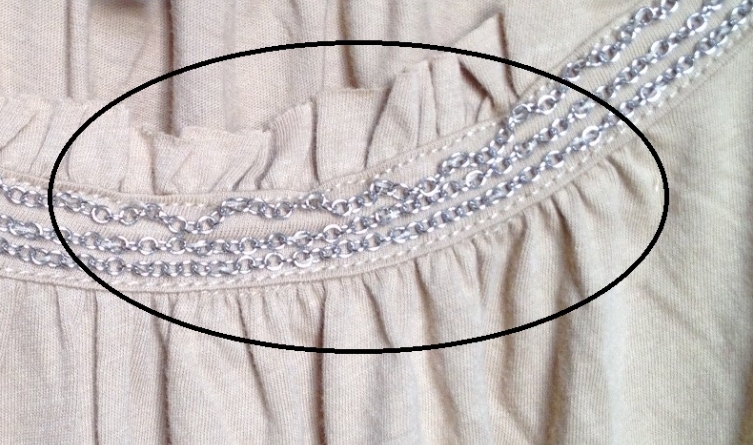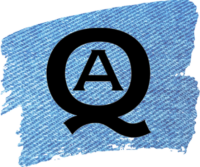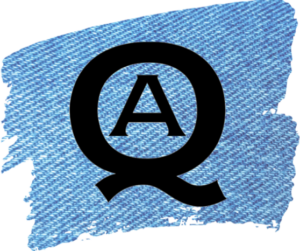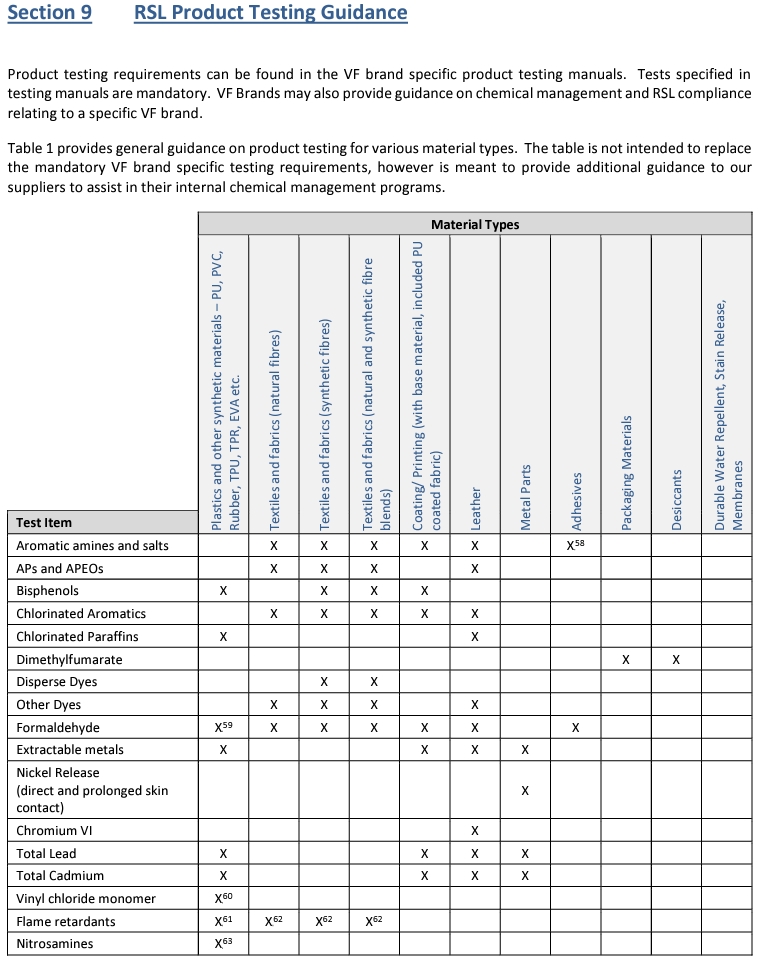The user has a legal right to a safe product.
Product safety for consumers of your product is more broadly regulated than you might think. This is stated in the EU General Product Safety Directive (GPSD):
Businesses should only sell products which are safe, and inform consumers of any risks associated with the products they supply.
See: https://commission.europa.eu/content/general-product-safety-directive_en
This means that the clothing must comply with safety guidelines, but also that the selling party is responsible and thus can be held liable for unsafe clothing, even if it complies with other guidelines.
Examples of harm include: allergic reaction due to harmful chemicals in the fabric, choking due to dislodged print, injury due to sharp metal parts, burns due to highly flammable clothing and choking due to buttons or other parts such as zirconia stones (Swarovski) that are not adequately fastened.

The most risks and (strictest) rules obviously exist for baby and children’s clothing, such as cords and poorly attached parts.

But there are plenty of safety rules that apply to adults as well, such as flammability and chemical substances.
Professional clothing, especially personal protective equipment (PPE) , is of course also subject to special rules and risks.
What can you do about it:
A. ensure product development and supply chain are sufficiently informed (legislation, decisions, covenants, common issues, areas of concern)
B. adequate process control in product development
C. control of production
E. know the product-specific risks (such as risk formaldehyde in wrinkle-free finishes)
F. test once (seems expensive, but can often be selective and prevents much misery).
Interesting? Want to know more about it? We’d love to hear how we can help you with it.
Chris – Q&A Quality Assistance!




